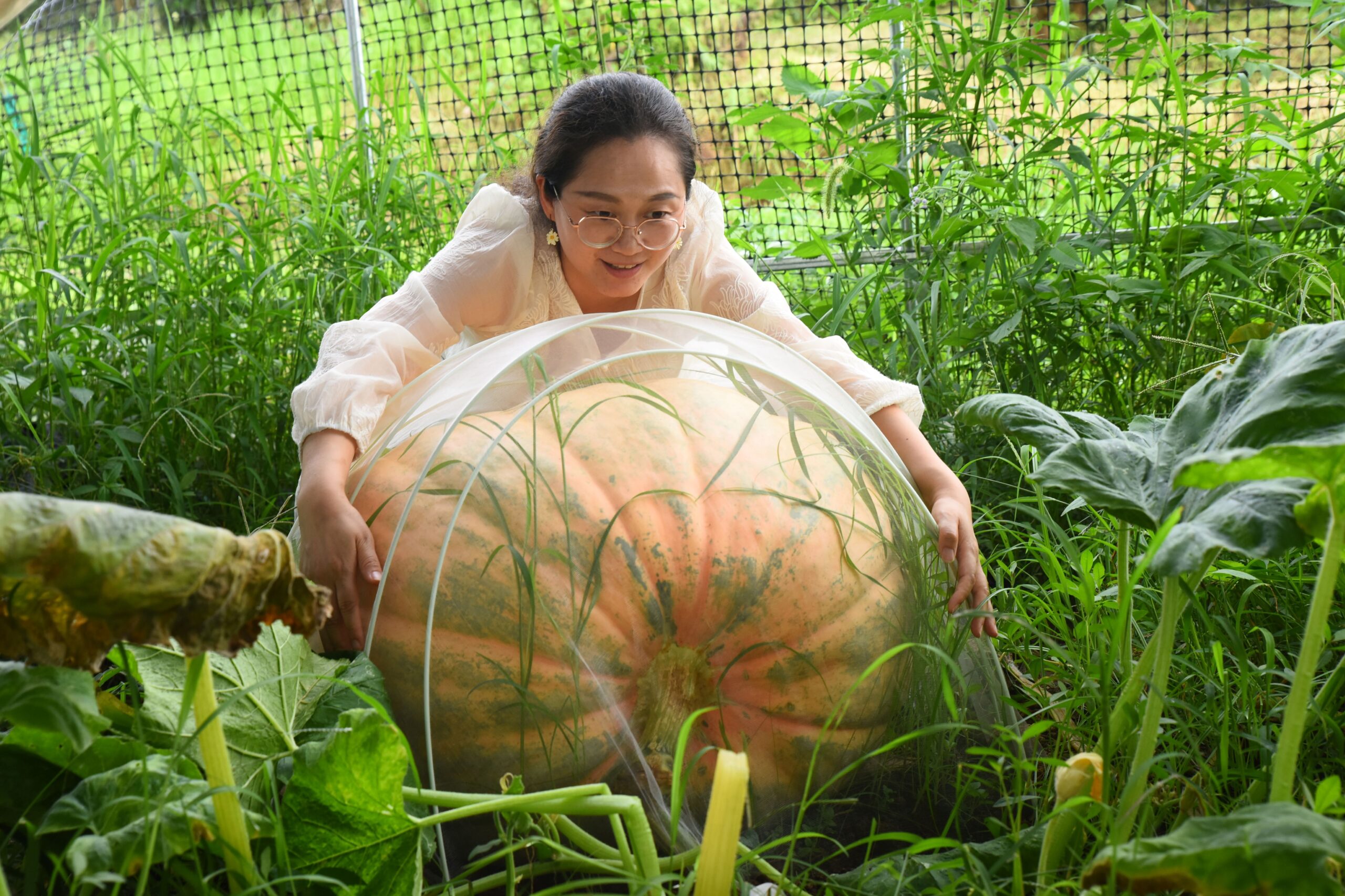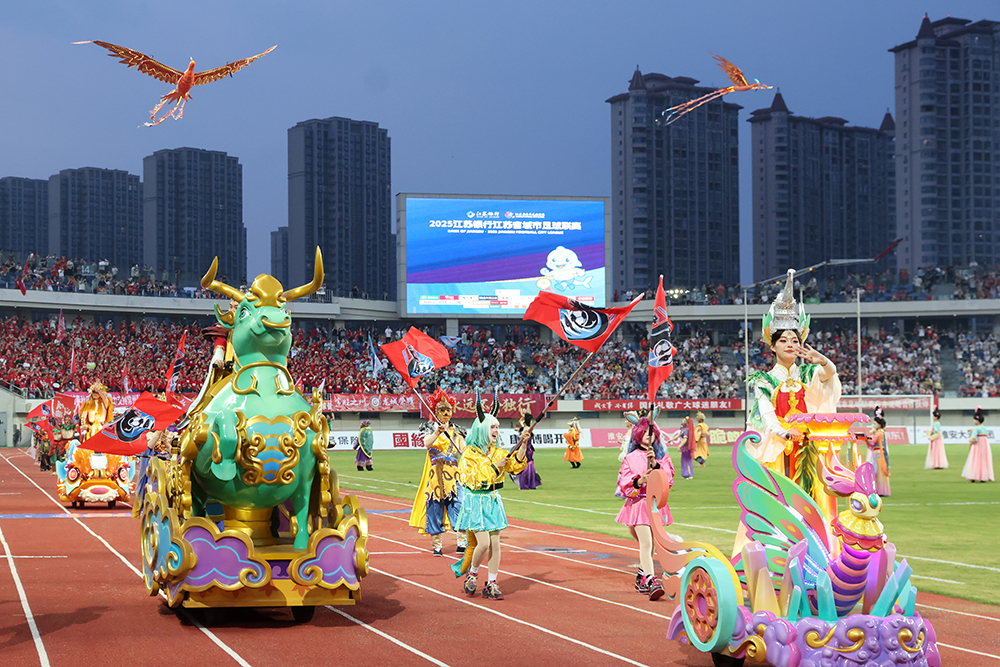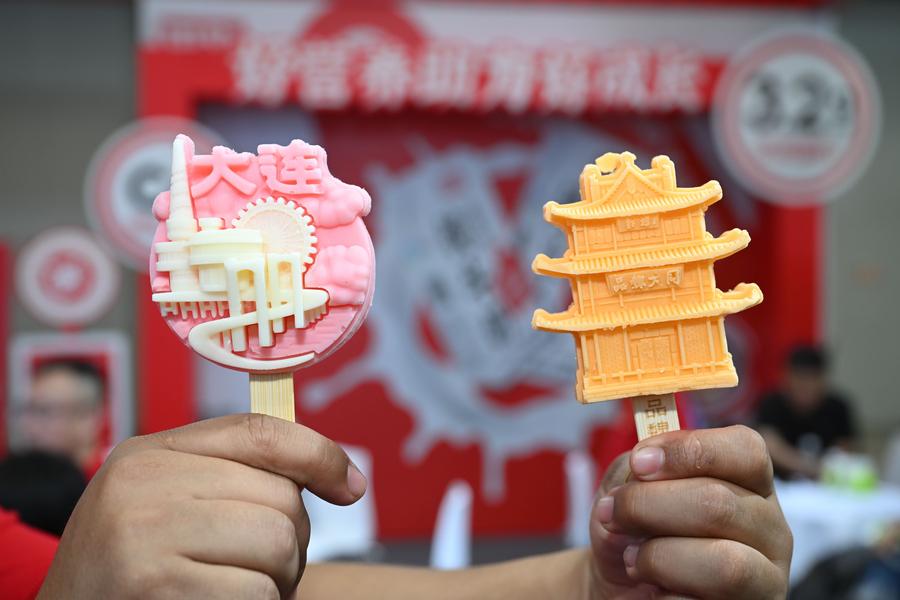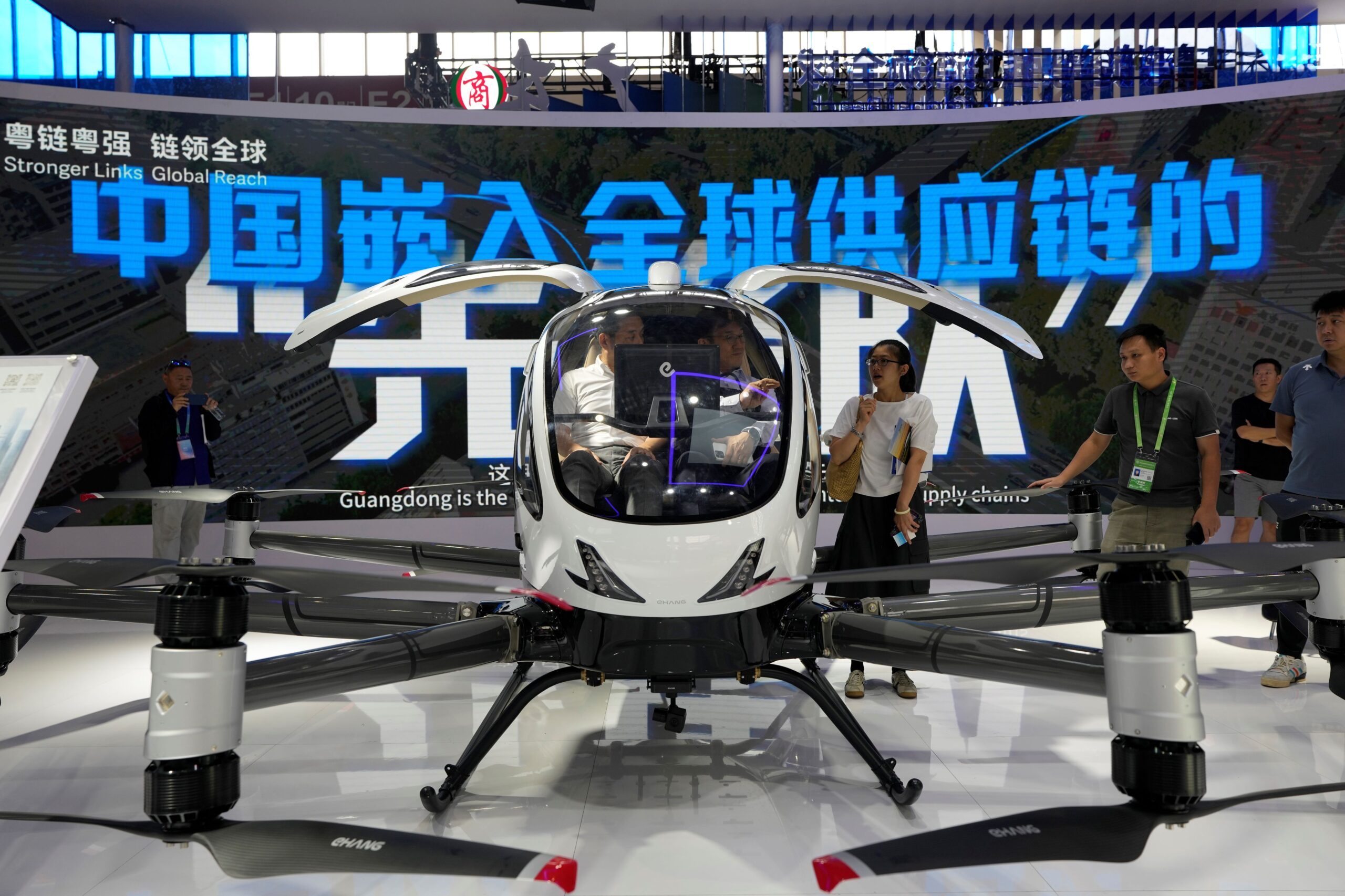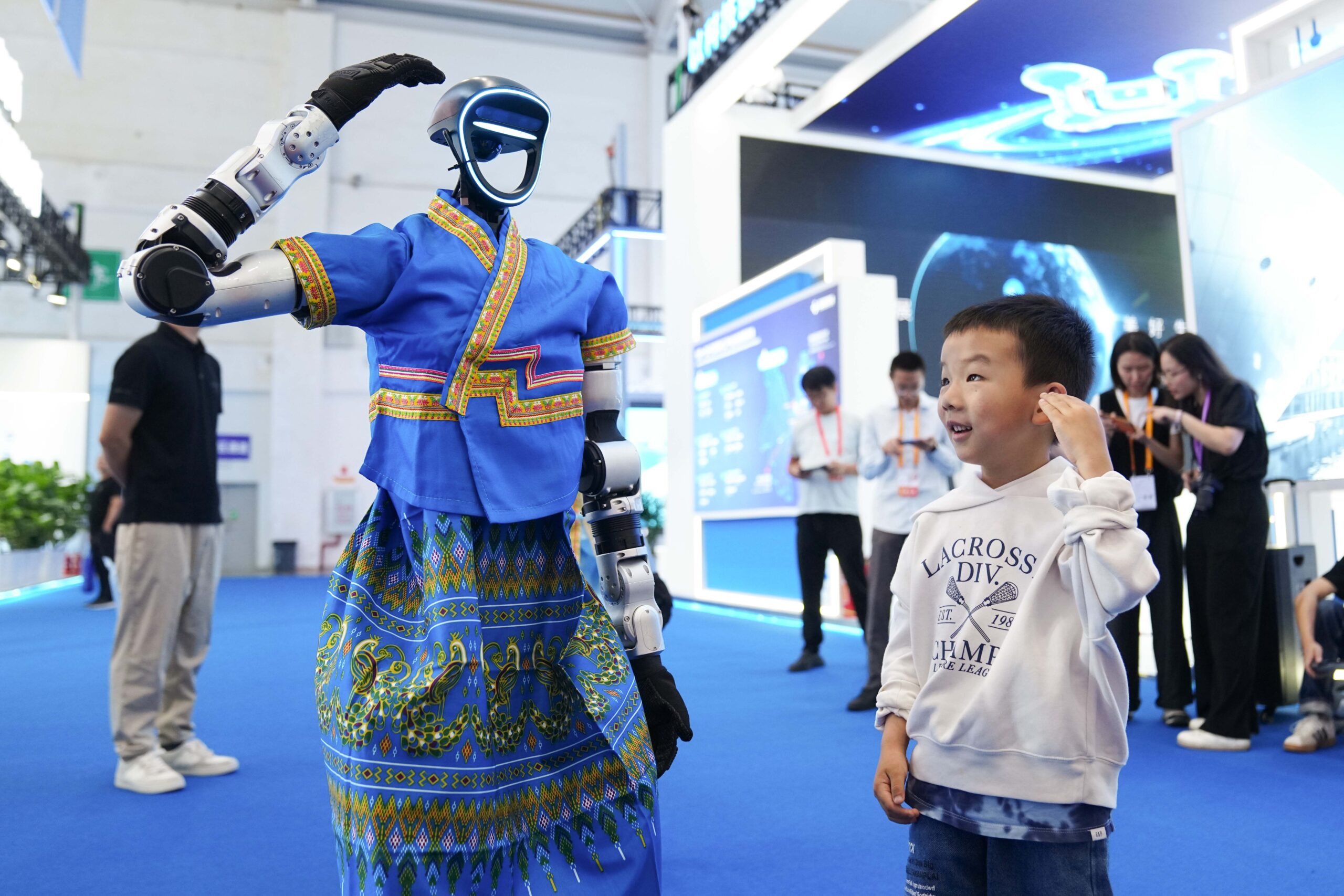An AI powered ‘Ancestors Answer Me’ challenge has gone viral on Chinese social media.
The “Ancestors Answer Me” challenge has recently gone viral on Chinese social media. Using AI-driven re-imaginings, historical figures like Li Bai, Du Fu, Yan Zhenqing, and Li Shizhen now engage with modern audiences. These figures are recreated with generative AI tools and appear in interactive videos. They respond to user questions, turning static historical knowledge into dynamic, entertaining content.
In one viral clip, Su Shi humorously addresses his frequent demotions in imperial service. Meanwhile, Li Shizhen offers tips on healthy living. Li Bai even confronts critics, retorting, “Do you really think I only indulged in wine and wild poetry?” These AI-generated dialogues breathe new life into stoic historical figures. They blend academic rigor with internet-friendly humor.
Local cultural authorities are also seizing this trend to promote tourism. For example, the Shandong Provincial Department of Culture and Tourism launched the “Wu Song Answers” campaign. This campaign features the Water Margin hero showcasing the province’s scenic spots and cuisine. Similarly, Sichuan Province invited “Zhuge Liang” to virtually endorse its landscapes. In addition, museums in Anhui and Suzhou produced educational videos. These videos merge historical accuracy with AI-generated celebrity personas. Some have earned tens of thousands of likes, proving the public’s appetite for innovative cultural storytelling.
This phenomenon reflects a broader trend in China. AI is bridging the gap between tradition and modernity. By adding historical figures with AI-generated voices and personalities, creators make history more accessible. Furthermore, they spark new conversations about cultural heritage in the digital age. As the “Ancestors Answer Me” challenge spreads, it highlights technology’s power to revive and recontextualize the past for contemporary audiences.
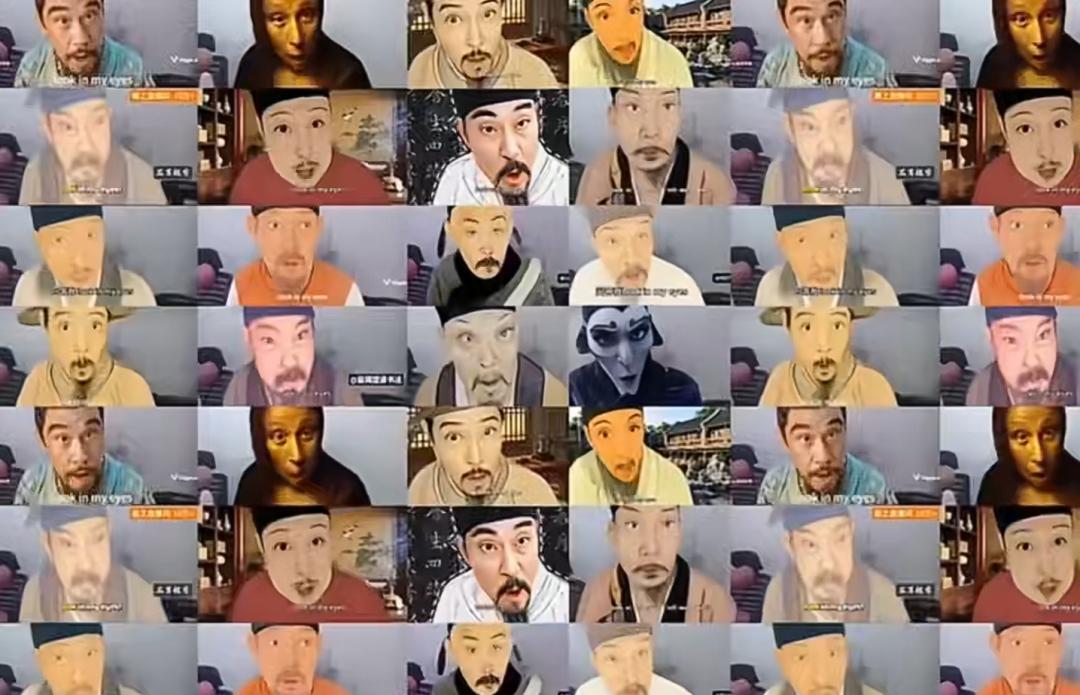
The “cyber resurrection” of ancient figures, driven by Gen Zers, is challenging cultural heritage boundaries in a revolutionary way.
Wang Mengqi, a 32-year-old blogger, created an account for Li Bai. She told the Global Times that she chose Li Bai because his romanticism and free-spirited poetry resonate with modern young people’s pursuit of self-actualization.
Her inspiration comes from historical records and scholarly research. She simplifies and presents this information in Li’s voice to make it more engaging.
Wang calls this phenomenon “language cosplay,” which relies on creative reinterpretation. “Since it’s social media, we need to prioritize fun while still respecting historical facts,” she explained. Her posts mix historical rigor with internet slang.
Wang also noted that bloggers running these accounts come from various backgrounds. Some are majoring in Chinese language and literature or history, while others are even middle school students.
However, this trend also raises concerns about content authenticity. With creators of varying levels, there is a risk of producing low-quality, superficial, or misleading content.
“Such posts should be based on sincere respect for historical figures,” said Hu Yu, dean of the Institute for Culture and Creativity at Tsinghua University. “They must maintain a heartfelt warmth and reverence for the history and culture of the Chinese nation.”
Written by Yi Shen, additional reporting by CNS and Global Times.
If you liked this article why not read: Overseas Returnees: Driving Innovation in China


